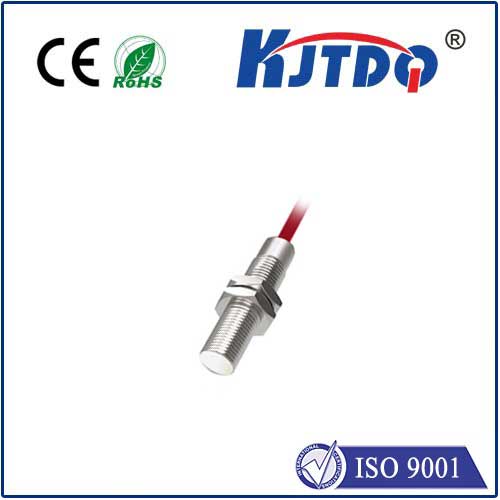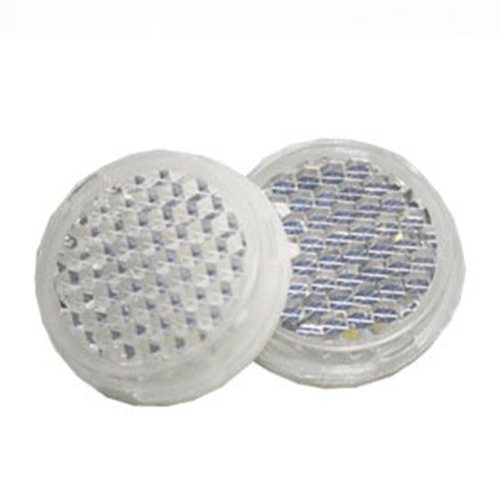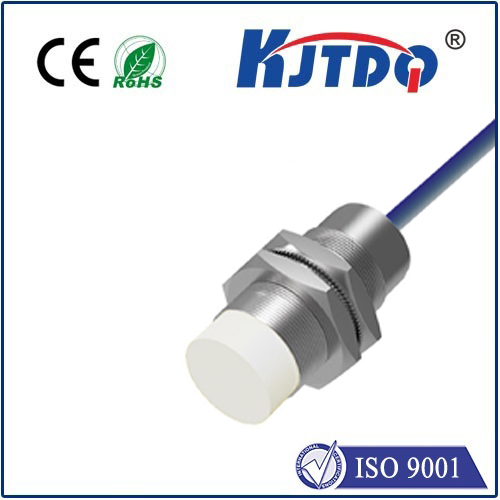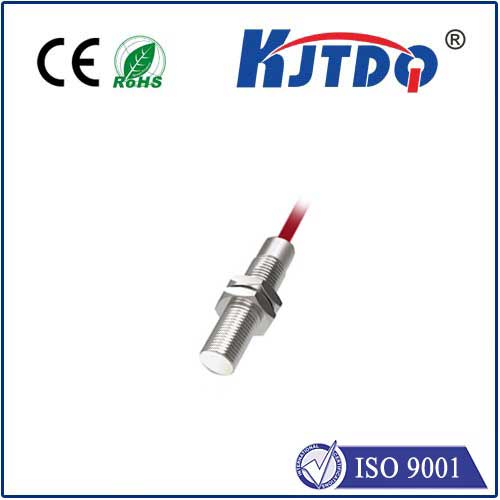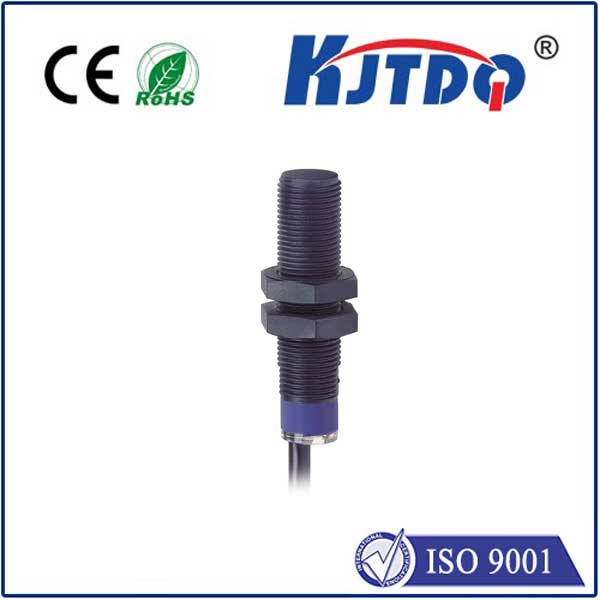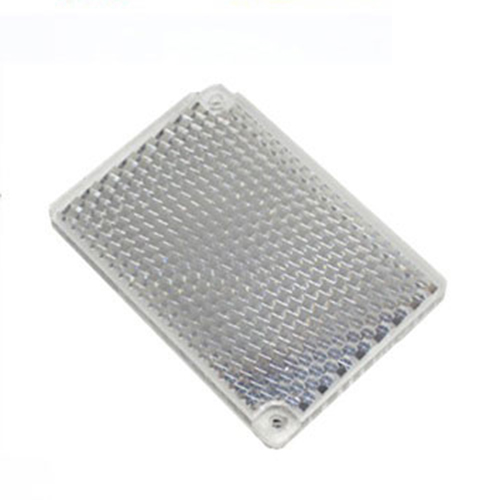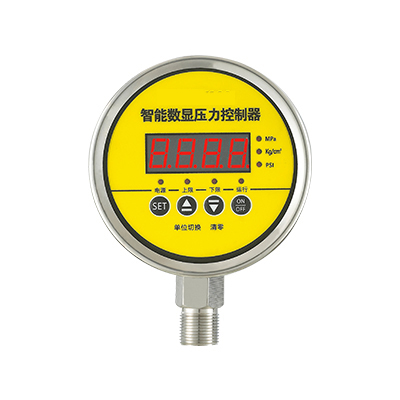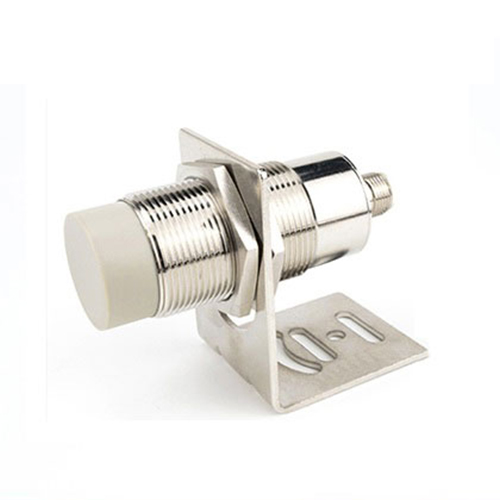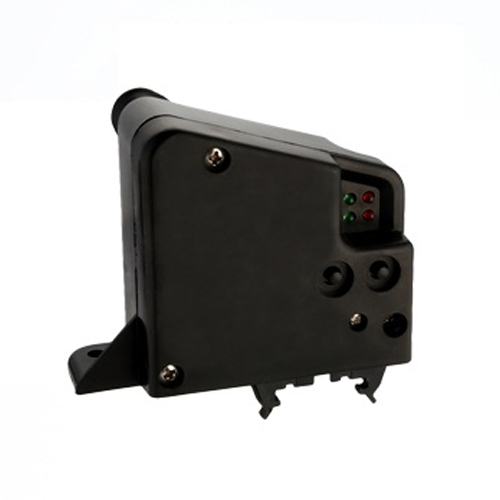

check

check

check

check

check

check

check

check

check

check
As technology advances, the way we interact with our environment is constantly changing. One area that has seen significant progress is sensing technology. Among the various types of sensors available, diffuse type sensors are becoming increasingly popular due to their unique properties and capabilities. In this article, we will explore what diffuse type sensors are, how they work, and why they are so important for the future of sensing.
What are Diffuse Type Sensors?
Diffuse type sensors are a type of optical sensor that use light to detect and measure various parameters in their surroundings. Unlike traditional sensors that require direct contact with the object being sensed, diffuse type sensors can operate at a distance and do not need to be in physical contact with the object. This makes them ideal for applications where contact sensing is difficult or impossible.
How Do Diffuse Type Sensors Work?

Diffuse type sensors operate on the principle of light scattering. When light hits an object, it scatters in all directions. The scattered light then reflects back to the sensor, which measures its intensity and converts it into an electrical signal. By analyzing this signal, the sensor can determine various properties of the object, such as its distance, shape, size, and color.
One advantage of diffuse type sensors is their ability to sense objects without requiring any special markings or patterns on the object surface. This makes them suitable for a wide range of applications, from industrial automation to automotive safety systems.
Why Are Diffuse Type Sensors Important for the Future of Sensing?
As we move towards a more connected and automated world, the demand for advanced sensing technologies will continue to grow. Diffuse type sensors offer several advantages over traditional sensors that make them well-suited for this future.
Firstly, diffuse type sensors are highly flexible and adaptable. They can be used in a variety of environments and can easily be integrated into existing systems. This makes them ideal for use in industries such as manufacturing, transportation, and healthcare, where rapid changes are common.
Secondly, diffuse type sensors are non-contact and non-destructive. They do not require any physical contact with the object being sensed, which means they can be used in situations where direct contact would be harmful or impractical. This makes them particularly useful in applications such as quality control and inspection, where accuracy and precision are critical.
Finally, diffuse type sensors are highly accurate and reliable. They can provide real-time data on a wide range of parameters, making them ideal for use in applications such as autonomous vehicles and smart cities.
In conclusion, diffuse type sensors represent an exciting development in the field of sensing technology. Their unique properties and capabilities make them well-suited for a wide range of applications, from industrial automation to automotive safety systems. As we move towards a more connected and automated world, the importance of advanced sensing technologies like diffuse type sensors will only continue to grow.
